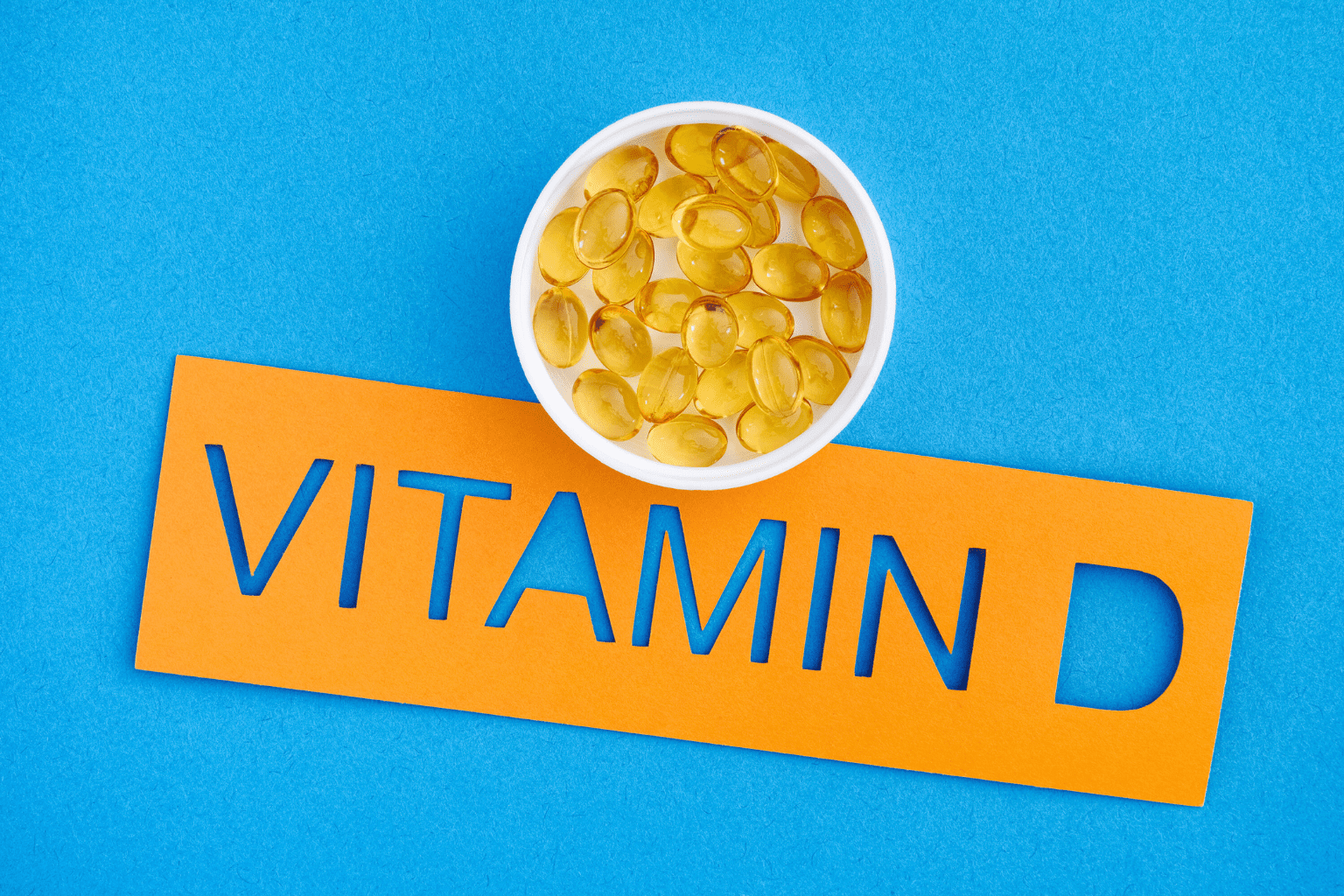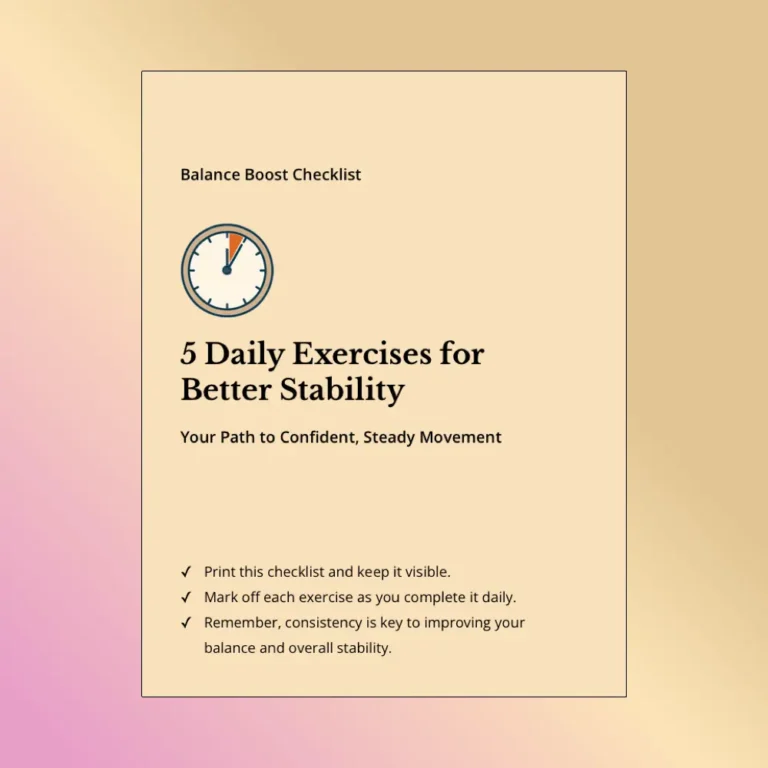
Highlights

As we age, our bodies’ needs change, and keeping up with these changes becomes key to staying healthy and active. Vitamin D, often called the “sunshine vitamin,” plays a crucial role in our overall well-being, especially for those in their golden years. For seniors, having enough vitamin D from sunlight isn’t just about keeping bones strong; it also helps boost the immune system, improve mood, and prevent chronic diseases. The aging process affects how our bodies process nutrients, making vitamin D supplementation particularly important. Let’s explore the many benefits of vitamin D for older adults, including recommended amounts, potential deficiencies, and practical tips for maintaining optimal vitamin D levels.
Vitamin D is an essential fat-soluble vitamin that comes in two main forms: D2 (ergocalciferol) and D3 (cholecalciferol). While D2 typically comes from fungi and yeast, vitamin D3 is made in our skin when exposed to sunlight and is considered the more effective form for raising blood levels. The body produces vitamin D when ultraviolet rays from sunlight hit the skin, starting a series of processes that activate the vitamin. Vitamin D production decreases with age, which is why older people often need to take vitamin D supplements to maintain adequate vitamin D levels.
Vitamin D plays a key role in regulating calcium and phosphorus levels, which are needed for strong bones. But the effects of vitamin D go beyond the skeleton. The vitamin D receptor is found in nearly every cell in the body, indicating its widespread importance. It also helps regulate immune responses, potentially lowering the risk of infections and autoimmune conditions. Recent research also suggests connections between vitamin D levels and mental health, particularly in mood regulation and cognitive function. Vitamin D is important for cellular health throughout the body, and the role of vitamin D in immune function becomes even more critical as we age.
While most people associate vitamin D with bone health, helping prevent osteoporosis and fractures, its benefits extend much further.
Despite its importance, vitamin D deficiency is surprisingly common among older adults. Several factors contribute to this deficiency, including limited time outdoors, decreased dietary intake, and reduced absorption due to aging. The prevalence of vitamin D deficiency in older people is concerning, with some studies showing that up to 40% of adults aged 50 years and older may not get enough vitamin D. Symptoms of vitamin D deficiency include feeling tired, having bone pain, experiencing muscle weakness, and being more likely to fall. Over time, severe vitamin D deficiency can lead to more serious health problems, including a higher risk of developing vitamin D deficiency-related conditions like osteoporosis.
For seniors, the recommended dietary allowance (RDA) of vitamin D depends on age, health status, and lifestyle. Generally, adults aged 70 years or older need about 800 IU of vitamin D per day to maintain sufficient blood levels. However, individual needs can vary significantly; factors such as weight, existing health conditions, and where you live should be considered when determining the right dosage. Some research suggests that higher vitamin D levels may be beneficial, and doses of vitamin D up to 2000 IU daily are often recommended for older adults with low vitamin D levels.
Healthy blood levels of vitamin D typically range from 20 to 50 ng/mL, with levels below 20 ng/mL indicating a deficiency. Regular blood testing is important for seniors, as it allows for timely adjustments in diet or supplements. Low serum vitamin D levels can be easily identified through a simple blood test. Talking with your doctor about your specific needs can help create a plan that ensures you maintain adequate vitamin D levels. Optimal vitamin D levels may vary based on individual health conditions, so personalized guidance is valuable.
While supplements are popular, getting vitamin D from natural sources is also beneficial.
When natural sources aren’t enough, supplements become a practical solution. Vitamin D supplements come in two forms: D2 and D3. Vitamin D3 is generally recommended because it’s better at raising blood levels. The use of vitamin D supplements is often necessary for older adults who are vitamin D-deficient. When choosing a supplement, it’s important to consider the dosage and check with your doctor to make sure it’s right for your health needs. Vitamin D supplementation may be particularly important during the winter months when sun exposure is limited.
To get the most from your vitamin D supplement, take it with a meal that contains some fat. This helps with absorption since vitamin D is a fat-soluble vitamin, meaning it dissolves in fats and oils. Consistency is important; establishing a routine helps ensure you get your daily vitamin dose without missing days. Some research suggests that vitamin D may help with sleep quality when taken earlier in the day, though more studies are needed to confirm this benefit.
Recent studies highlight how vitamin D and calcium work well together. While vitamin D helps your body absorb calcium, proper intakes of calcium and vitamin D together ensure optimal bone health. This combination may not only improve bone health but could also support heart health, making it a worthwhile addition to any senior’s health routine. Vitamin D supplementation on muscle strength also appears to be enhanced when combined with resistance exercises for seniors.
What are the optimal vitamin D levels in the blood? Healthy blood levels of vitamin D range from 20 to 50 ng/mL. Regular testing can help you maintain these levels. Vitamin D levels may need to be higher in certain conditions, so consult with your healthcare provider.
What is the best time to take vitamin D supplements? Taking vitamin D with a meal that contains fat improves absorption, so try to be consistent with timing your supplement with meals. You need to take vitamin D regularly to maintain an adequate vitamin D status.
Are there benefits to taking vitamin D with calcium? Yes, combining vitamin D and calcium can improve how your body uses calcium, promoting better bone health. This combination is often recommended for older adults with low bone density.
How can I tell if I have a vitamin D deficiency? Symptoms of vitamin D deficiency include fatigue, bone pain, and muscle weakness. A blood test measuring vitamin D is the most reliable way to check your vitamin D levels. Lower vitamin D levels are common in older adults, especially those who spend limited time outdoors.
Are there any risks associated with vitamin D supplementation? While vitamin D is generally safe, taking too much vitamin D can lead to vitamin D toxicity, resulting in high calcium levels in the blood. It’s important to follow the recommended amount of vitamin D and talk with your doctor. You can get too much vitamin D from supplements, but it’s virtually impossible to get too much vitamin D from sunlight or food sources.
Vitamin D is a cornerstone of health for seniors, offering benefits that go well beyond bone health to include immune support and mental well-being. With so many older adults being deficient in vitamin D, it’s important to make this nutrient a priority in daily health routines. By understanding the importance of vitamin D, checking your vitamin D level, and considering supplements when necessary, seniors can improve their quality of life and reduce their risk of vitamin D deficiency.
For those looking to maintain their health, talking with healthcare providers about vitamin D needs is a proactive step. Getting some sun, eating vitamin D-rich foods, and taking vitamin D supplements may help ensure that your golden years are not just lived but enjoyed in good health. Vitamin D plays a crucial role in maintaining overall wellness as we age.
Staying hydrated is also important for proper nutrient absorption, including vitamin D. Consider implementing these hydration tips for elderly individuals alongside your vitamin D regimen for optimal health benefits.
For more information and personalized advice, consider exploring resources such as the Mayo Clinic’s vitamin D guide and WebMD’s information on vitamin D dosage for older adults, which provide valuable information on vitamin D and how it affects your health.
